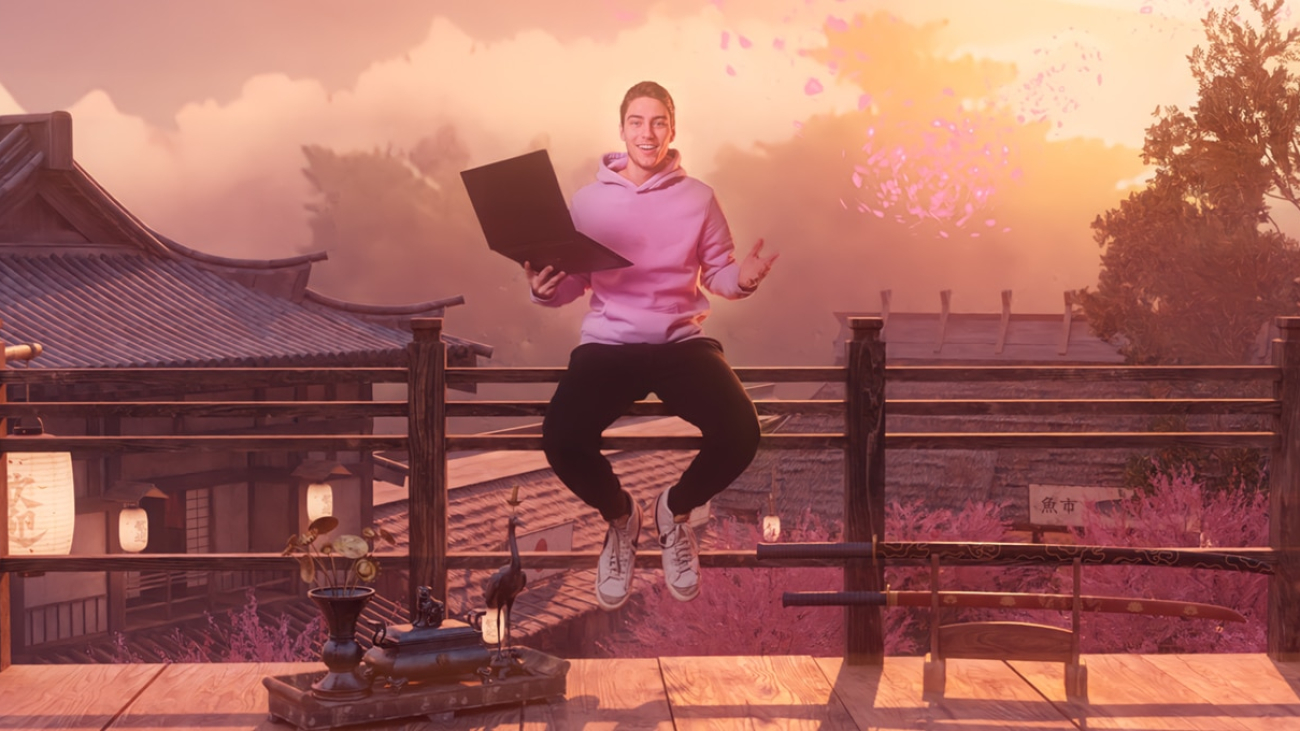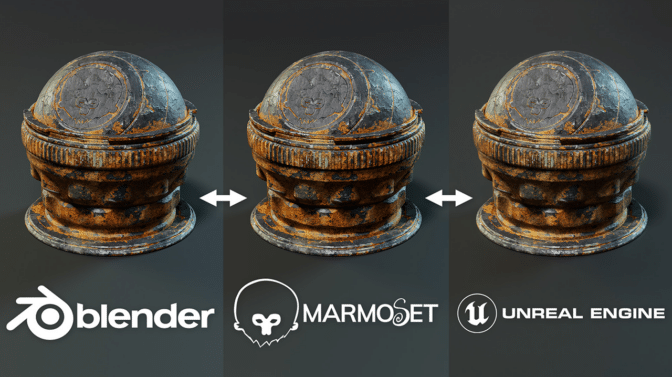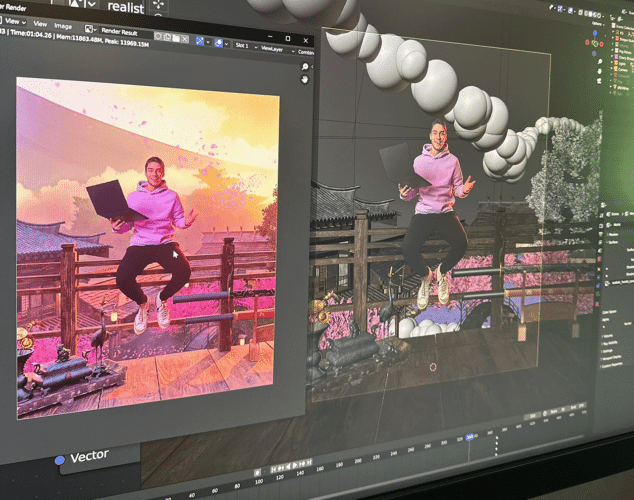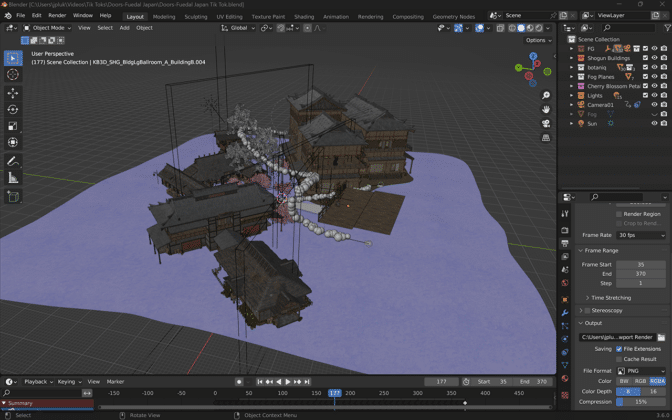Companies are discovering how accelerated computing can boost their bottom lines while making a positive impact on the planet.
The NVIDIA RAPIDS Accelerator for Apache Spark, software that speeds data analytics, not only raises performance and lowers costs, it increases energy efficiency, too. That means it can help companies meet goals for net-zero emissions of greenhouse gases like carbon dioxide.
A new benchmark shows that the RAPIDS Accelerator can reduce a company’s carbon footprint by as much as 80% while delivering 5x average speedups and 4x reductions in computing costs.
That’s a big win many can enjoy. Thousands of companies, including 80% of the Fortune 500, use Apache Spark to analyze their growing mountains of data.
In fact, if every Apache Spark user adopted the RAPIDS Accelerator, they could collectively reduce carbon dioxide emissions by a whopping 7.8 metric tons a year — or the amount of emissions a car produces on 878 gallons of gas. It’s a great example of how green computing can advance the fight against climate change.
A Challenge for Humankind
More than 70 countries have set a net-zero target for greenhouse gas emissions, according to the United Nations. It describes the transition to net-zero as “one of the greatest challenges humankind has faced.”
Companies are getting on board, too.
For example, NVIDIA is working with a large financial services company to test Apache Spark for real-time fraud protection. The company hopes to lower its carbon footprint with accelerated computing so it can align with groups like the Net-Zero Banking Alliance.
One of the world’s largest AI supercomputers validated the energy efficiency of accelerated computing in May.
Across four popular scientific applications, the Perlmutter system at the National Energy Research Scientific Computing Center (NERSC) reported energy efficiency gains of 5x on average, thanks to NVIDIA A100 Tensor Core GPUs. An application for weather forecasting logged speed-ups of 9.8x compared to CPUs.
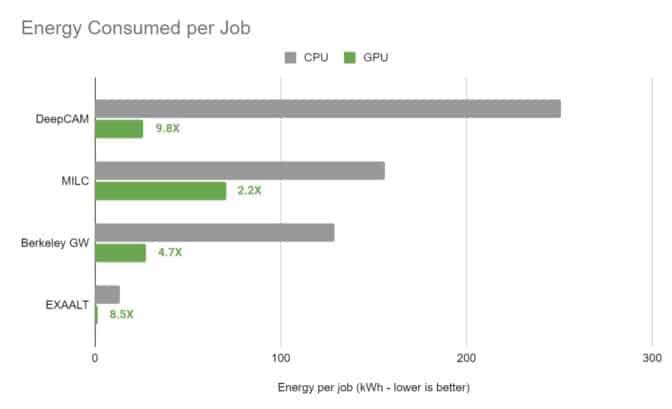
AT&T Dials Up RAPIDS Accelerator
Organizations like AT&T, Adobe and the Internal Revenue Service have already discovered the performance and cost benefits of the RAPIDS Accelerator.
In a test last year, AT&T processed a month’s worth of mobile data — 2.8 trillion rows of information — in just five hours. That’s 3.3x faster at 60% lower cost than any prior test.
“It was a ‘wow’ moment because on CPU clusters, it takes more than 48 hours to process just seven days of data — in the past, we had the data but couldn’t use it because it took such a long time to process it,” said Abhay Dabholkar, an AI architect at AT&T, in a blog.
“We recommend that if a job is taking too long and you have a lot of data, turn on GPUs — with Spark, the same code that runs on CPUs runs on GPUs,” he added.
Adobe Speeds Services
Adobe used accelerated computing on its Intelligent Services platform, which helps marketing teams speed analytics with AI.
It found that, using the RAPIDS Accelerator, a single NVIDIA GPU node could outperform a 16-node CPU cluster by 33% while slashing computing costs by 70%.
In a separate test, GPU-accelerated RAPIDS libraries trained an AI model 7x faster, saving 90% of the cost of running the same job on CPUs.
“This is an amazing cost savings and speed-up,” said Lei Zhang, a machine learning engineer at Adobe in a talk at GTC (free with registration).
20x Gains on Spark
CPUs weren’t powerful enough to ingest the 3+ terabyte dataset it needed to analyze, so the IRS turned to the RAPIDS Accelerator.
A Spark cluster of GPU-powered servers processed the load and opened the door to tackling even bigger datasets.
“We’re currently implementing this integration and already seeing over 20x speed improvements at half the cost for our data engineering and data science workflows,” said Joe Ansaldi, technical branch chief of the research and applied analytics and statistics division at the IRS, in a blog.
How to Get Started
Performance speedups and cost savings vary across workloads. That’s why NVIDIA offers an accelerated Spark analysis tool.
The tool shows users what the RAPIDS Accelerator can deliver on their applications without any code changes. It also helps users tune GPU acceleration to get the best results on their workloads.
Once the RAPIDS Accelerator is boosting the bottom line, companies can calculate their energy savings and report their progress in protecting the planet.
Learn more in this solution brief. And watch the video below to see how the Cloudera Data Platform delivered a 44x speedup with the RAPIDS Accelerator for Apache Spark.

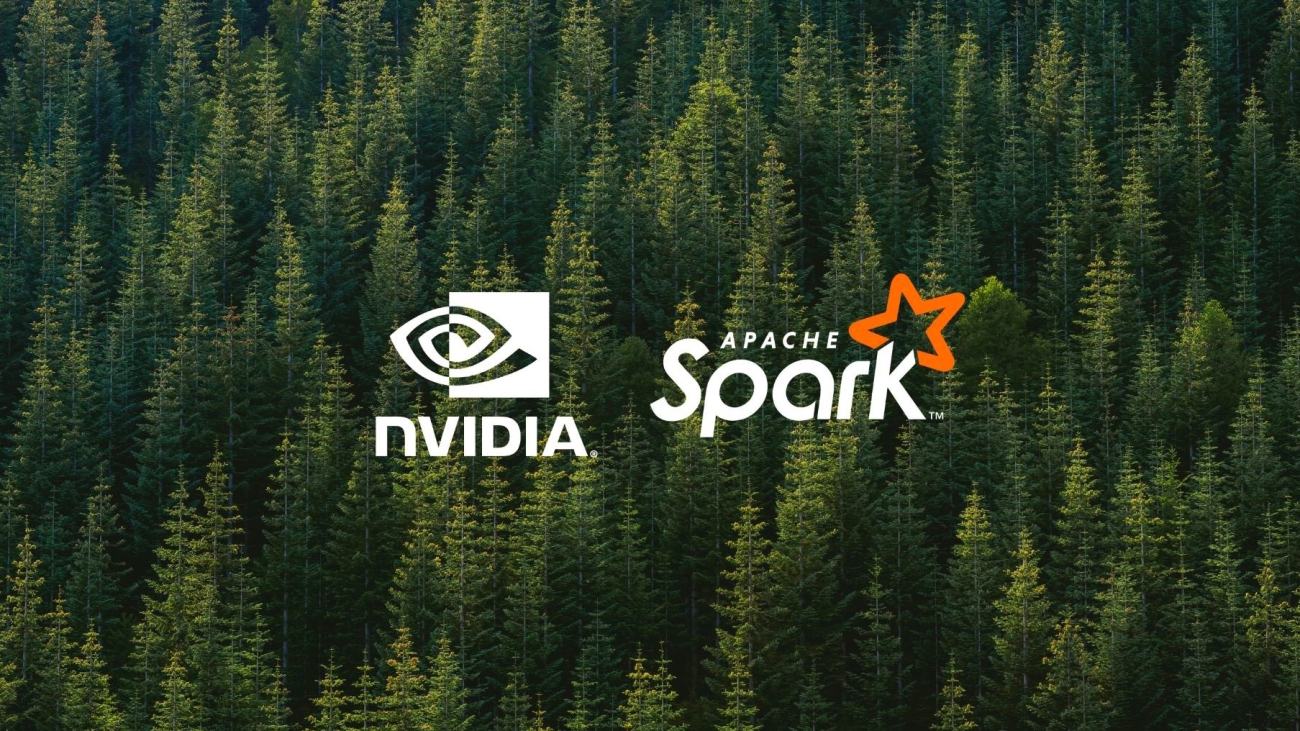
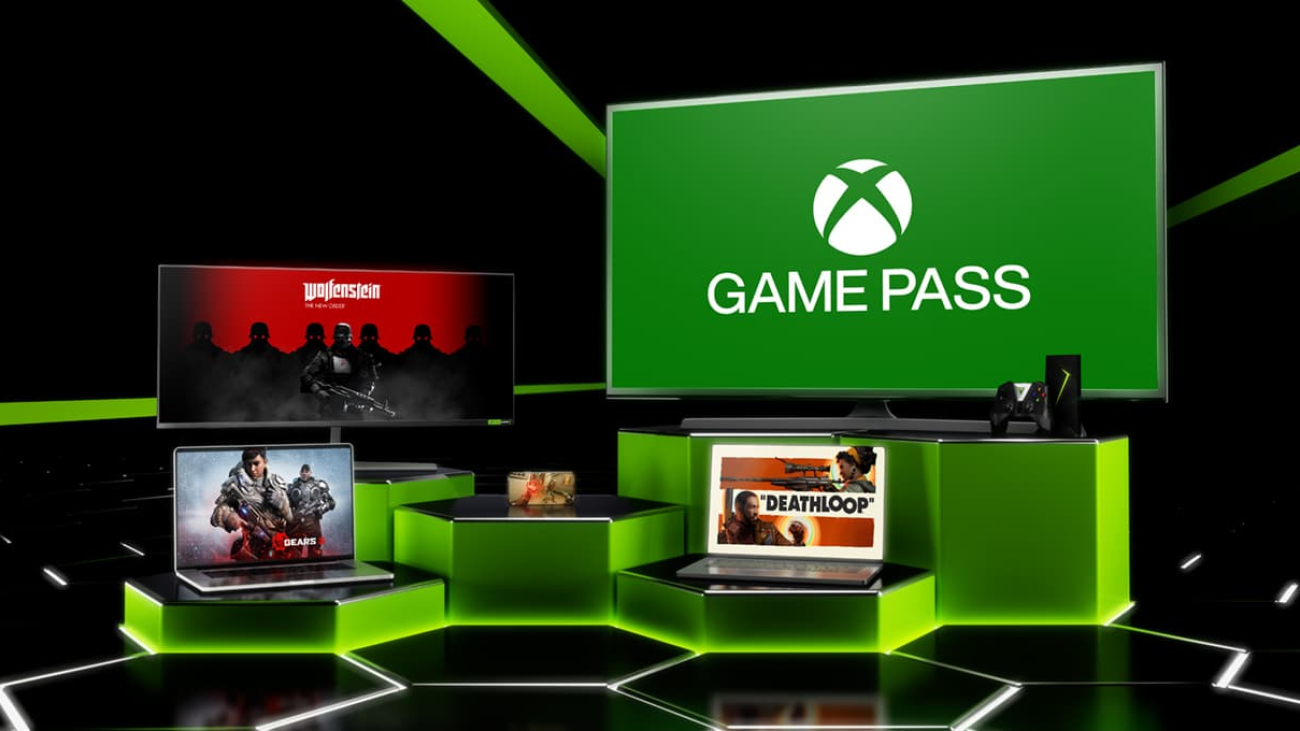
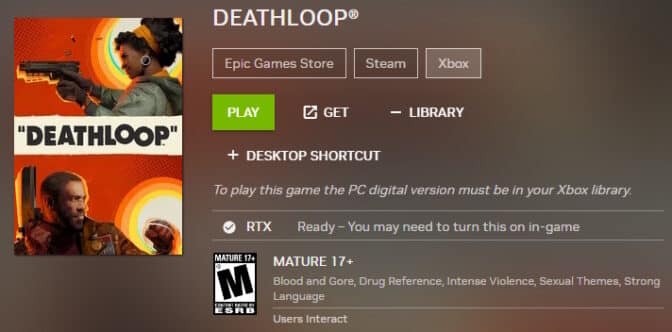
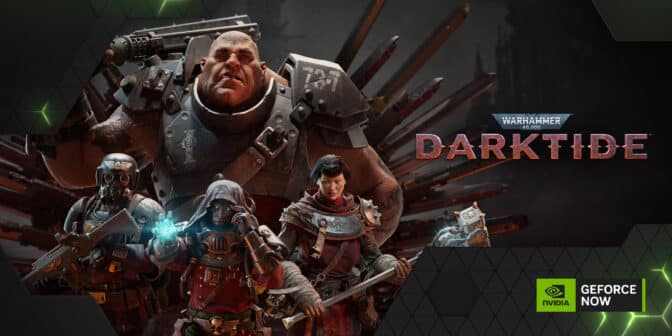
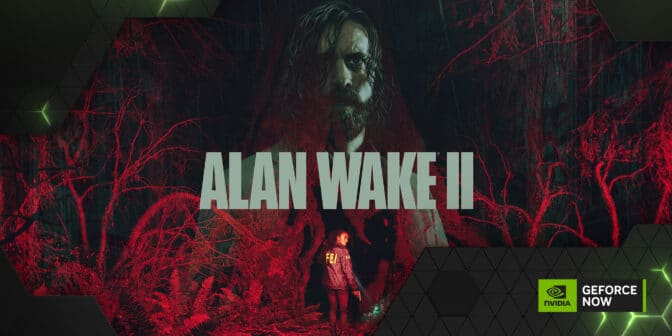
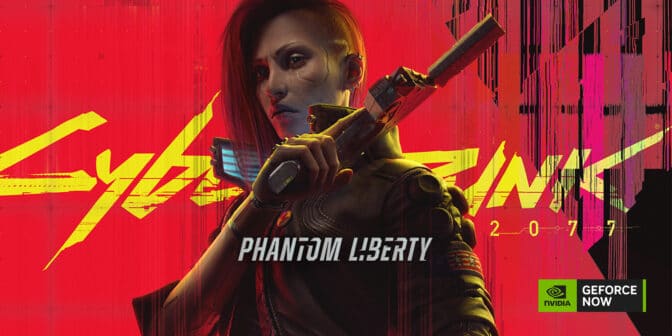
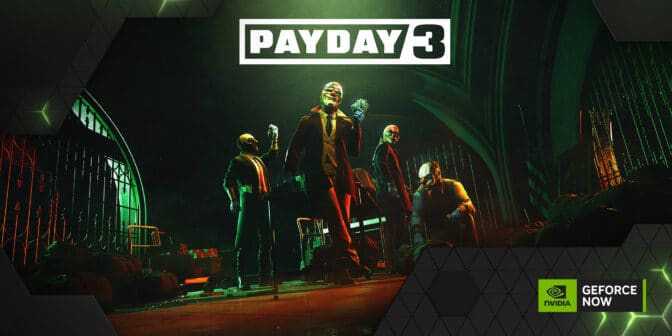
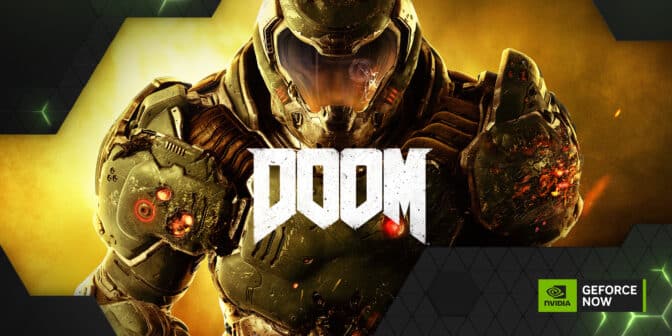

 NVIDIA GeForce NOW (@NVIDIAGFN)
NVIDIA GeForce NOW (@NVIDIAGFN) 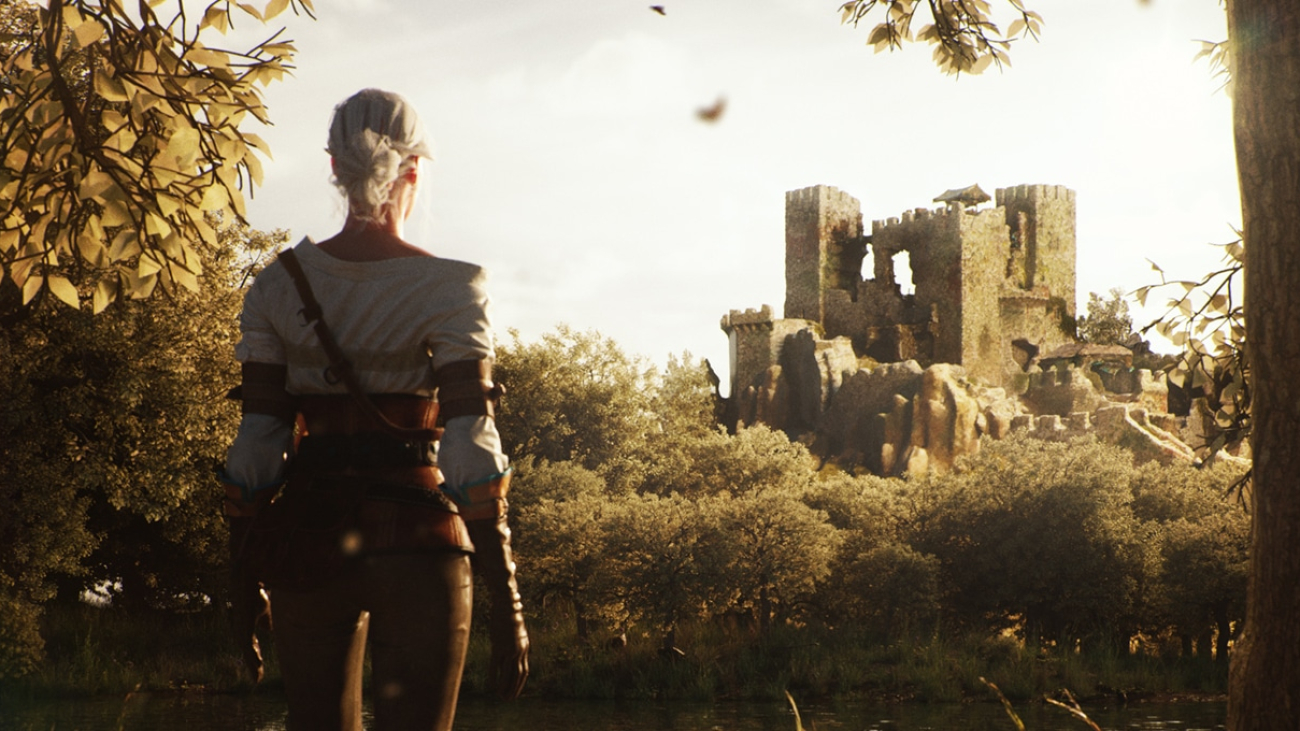

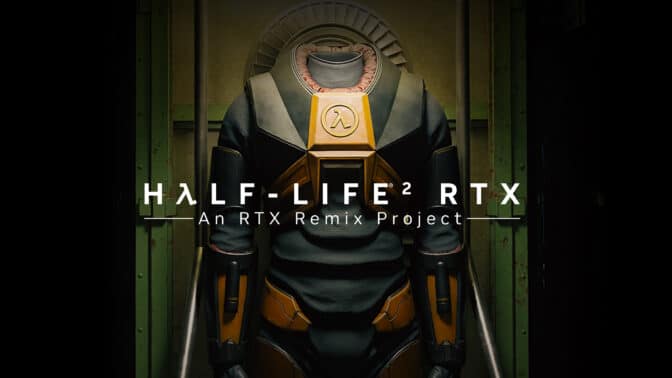


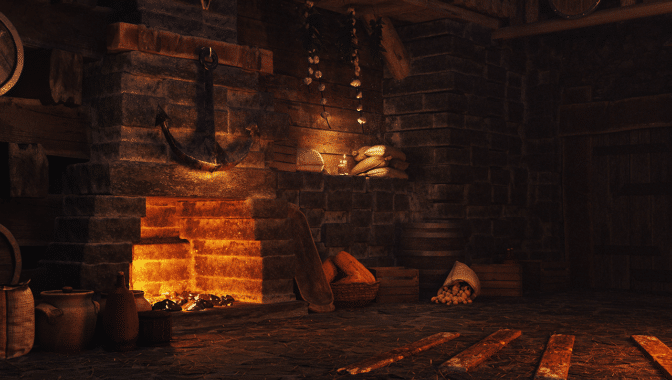
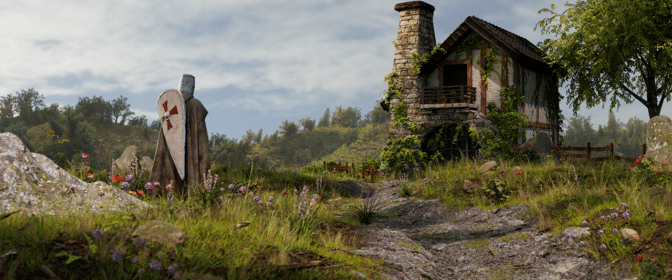


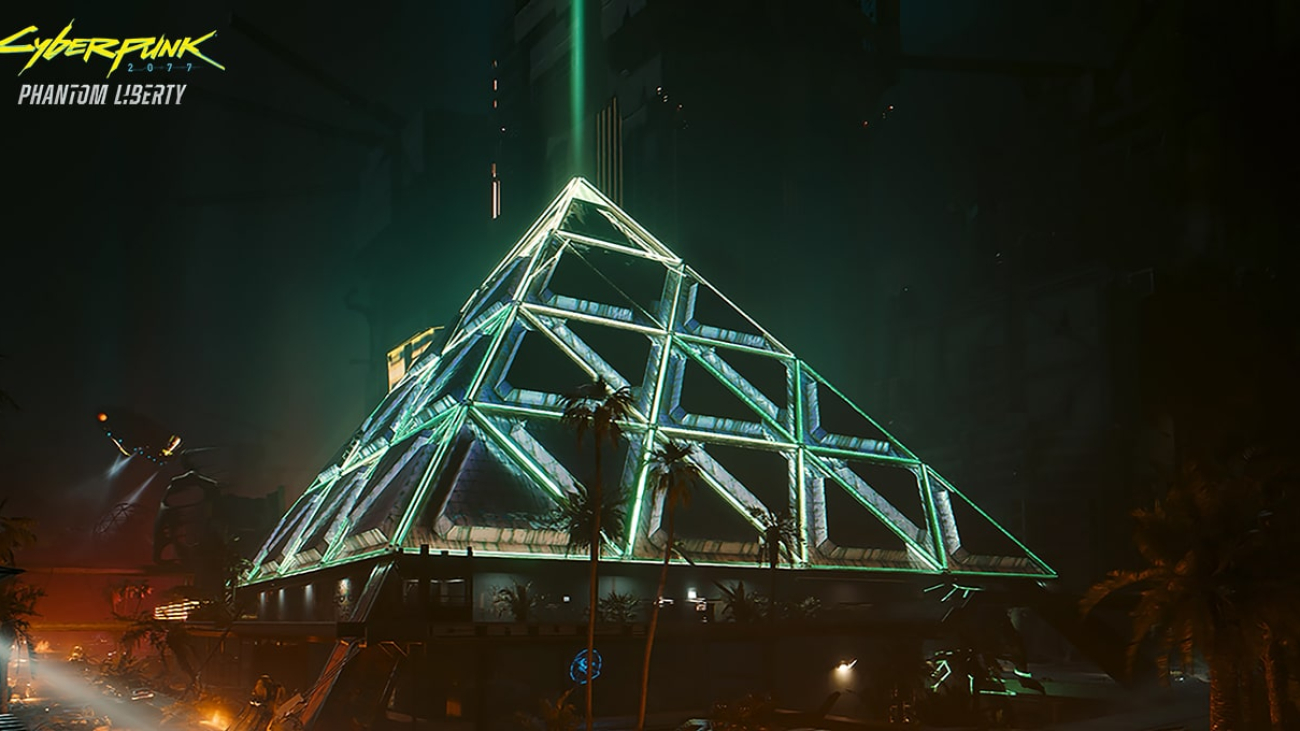

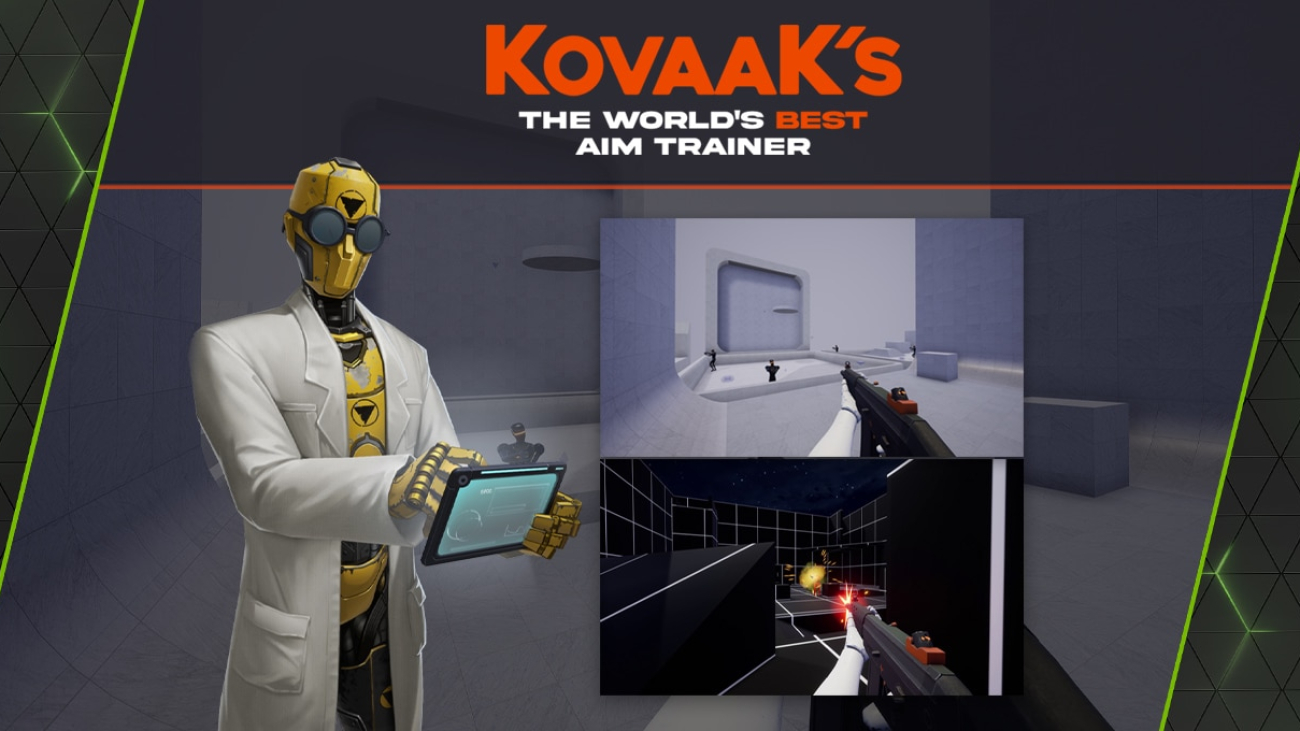
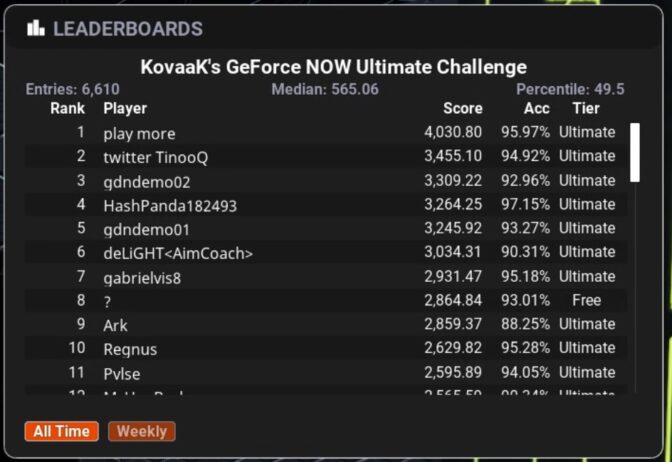
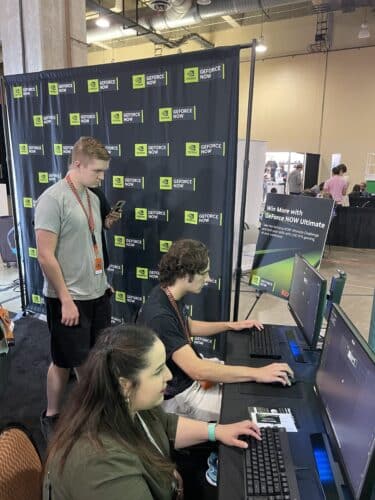
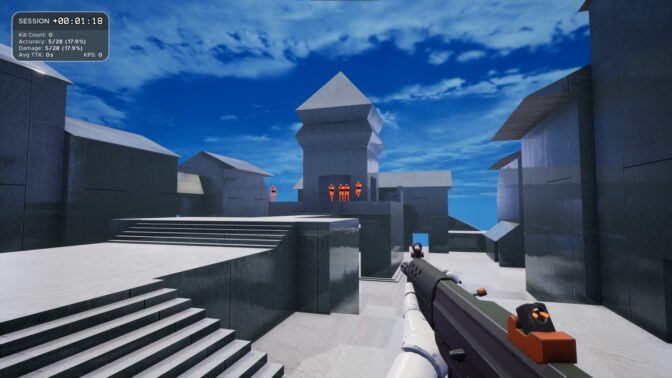

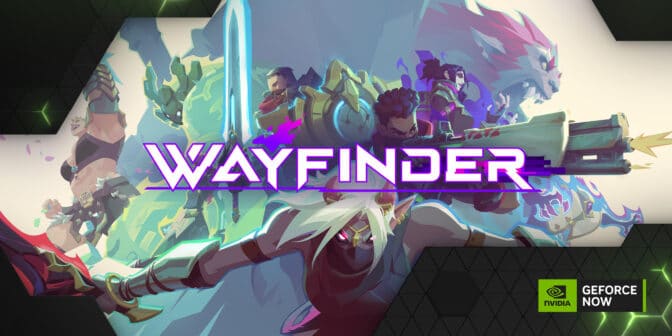


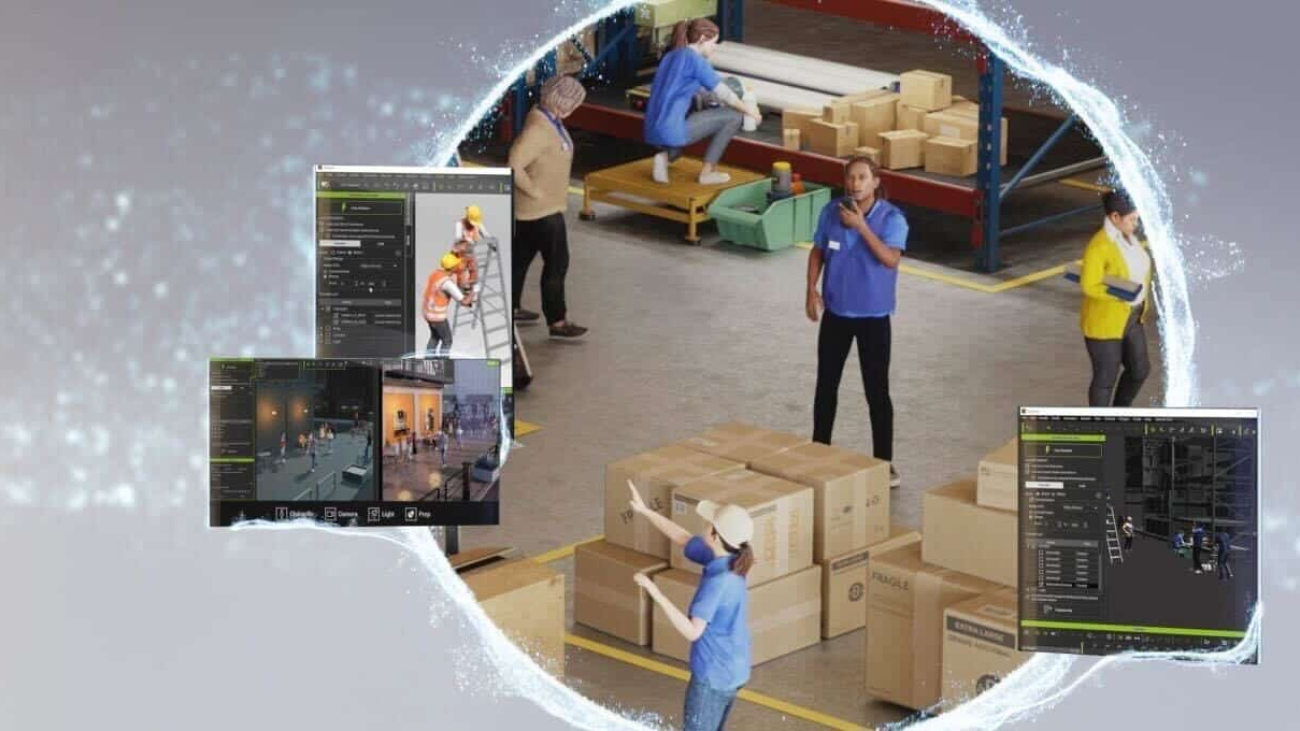
 A scene from Jagwe’s educational series, “Adventures of Nkoza and Nankya.”
A scene from Jagwe’s educational series, “Adventures of Nkoza and Nankya.” A scene from one of Dhazi’s animated music videos.
A scene from one of Dhazi’s animated music videos.
